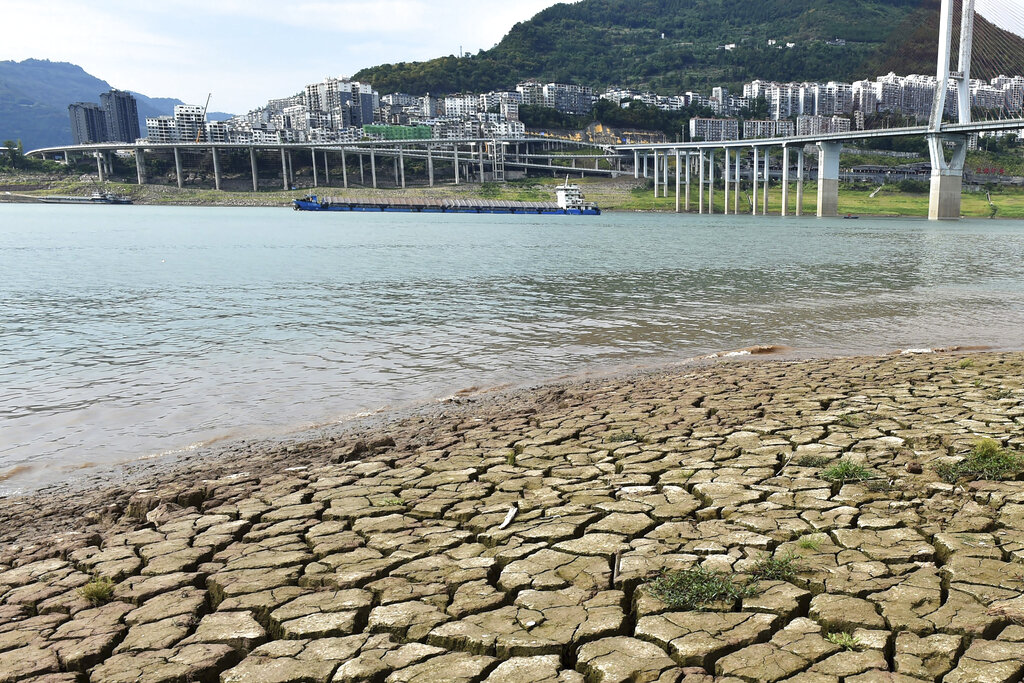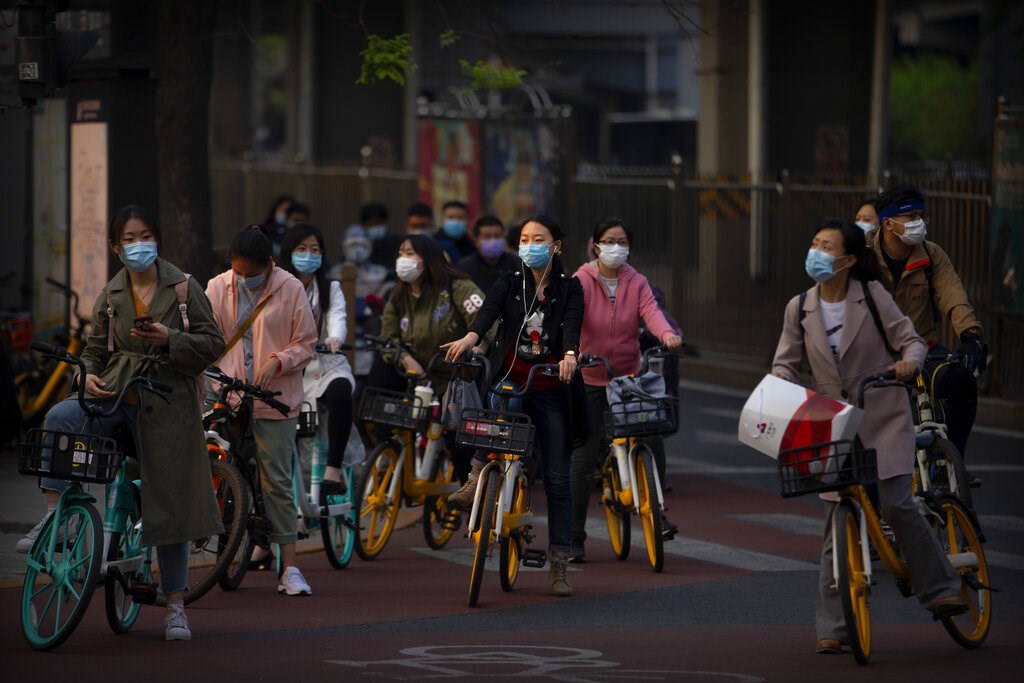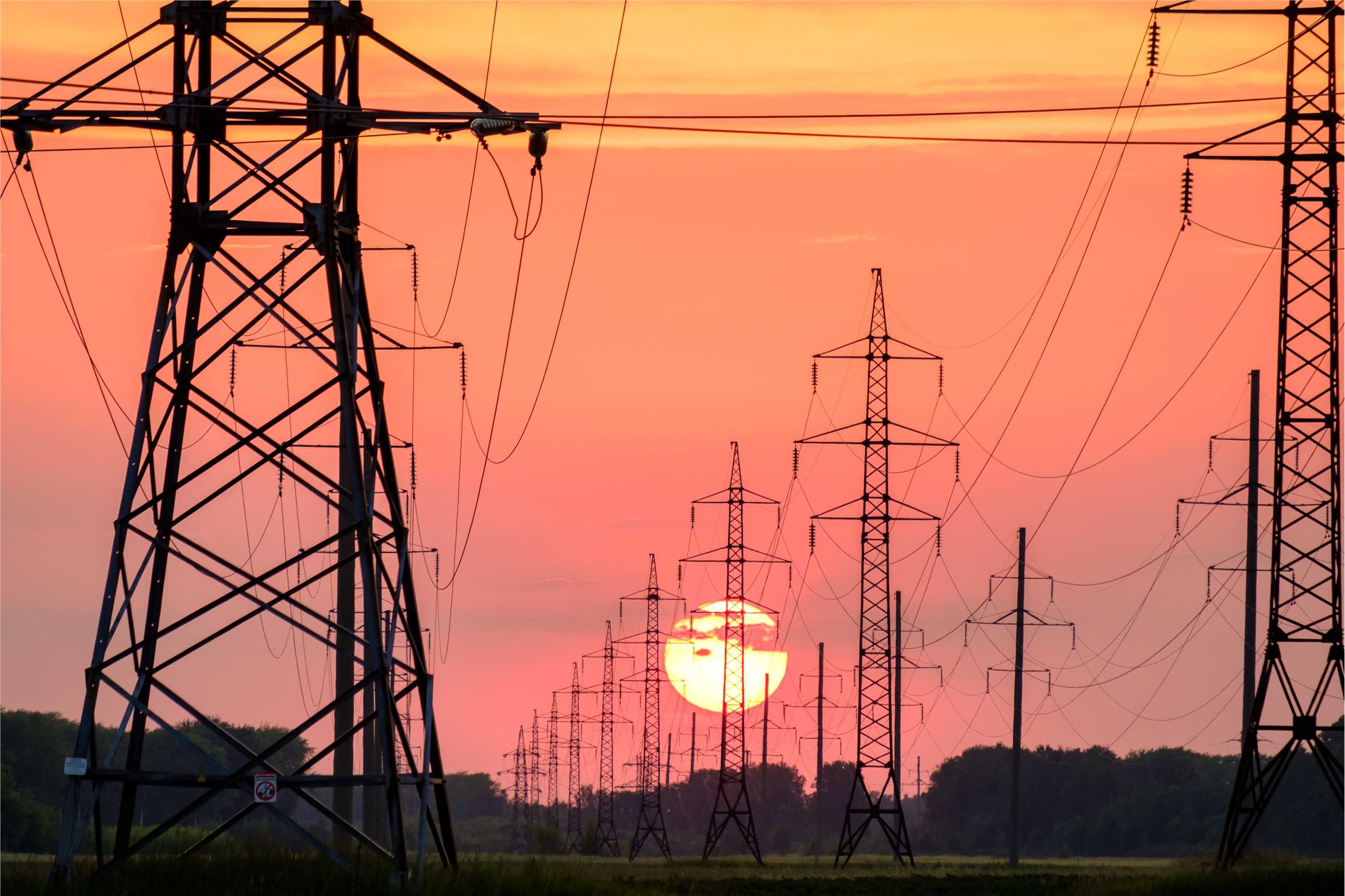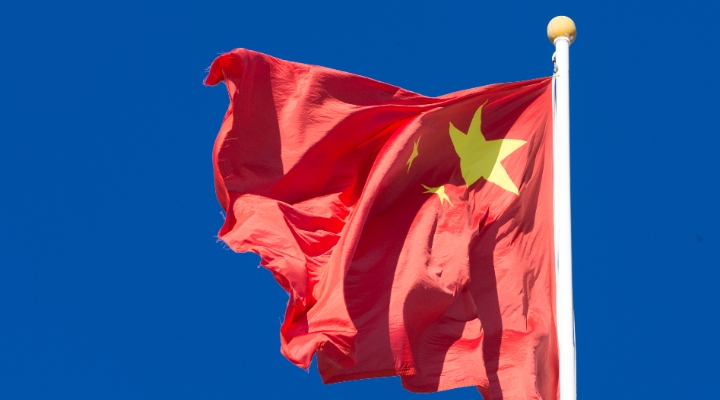
Many parts of the world are reeling under the pressures of extreme heat, even as the ongoing war in Ukraine has caused energy prices to soar, further complicating the energy supply situation.
Most recently, a heat wave caused a spike in Sichuan’s power demand. As droughts are crippling the hydroelectric power generation the province is reliant on, the authority has curtailed electricity supply. Our analysts think the situation is unique to Sichuan because of its dependence on hydropower and do not expect power rationing to be put in place in other parts of China.
"We don’t expect this to spread across the whole China, potentially just affecting provinces that are experiencing very high temperature," says Chokwai Lee, senior equity analyst at Morningstar. Provinces like Hubei, Hunan, Shandong, Anhui, Xinjiang, Jiangxi and Fujian are among the regions where temperatures had exceeded 35 degrees Celsius this summer.
Lee continues: "If the current dry weather persists and continues to affect Sichuan’s hydroelectric generation, those provinces that purchase hydroelectric power from Sichuan may face a supply issue." Other provinces rely less on hydroelectricity, making them more insulated from this power crunch. Additionally, an overall imbalance between demand and supply in China has improved since the winter of 2021 and power supply remains steady, for three reasons.
1. Less Demand as Zero-COVID Policy Slows Growth
Power consumption goes hand in hand with economic growth – less power is required when economic activities slow, and vice versa.
Domestically, China’s economic output was muted due to its zero-COVID strategy, which included strict lockdowns and frequent testing in order to eradicate new infections. China is also over the phase when its domestic manufacturing lines helped produce sought-after goods for the world’s new ‘stay-at-home’ economy. As borders reopen, people have moved on from buying electronic devices and turned to spend on services like dine-out and traveling, which has reduced pressure on China’s manufacturing capacity.
According to the National Bureau of Statistics, China's GDP growth slowed to 0.4% year over year in the second quarter of 2022. In the first half of 2022, nationwide power consumption only rose 2.9% year on year, compared with a growth of 16.2% over the same period in 2021, according to China Electricity Council. Lee says that because of a tepid GDP growth outlook, Morningstar forecasts that China’s full-year power demand growth will fall to 4-6%.
2. Steadier and Cheaper Coal Supply
Even as demand for electricity reduces, the supply side has also become more favorable since winter 2021.
In light of last year’s power crisis, the Chinese government has loosened its grip on coal-fired plants. Tariffs on different forms of coal products entering China have been scrapped or reduced to stabilize supply. The state’s planner also urged coal miners and power plants to sign medium- and long-term contracts to ensure affordability of coal. Coal output in China rose about 10% year over year in the first half of 2022, supporting electricity supply for a hot summer.
Considering all factors, Lee believes that the dynamic has improved to a large extent and expects the full year supply-demand would be “just slightly tight”.
3. China Commits to its Energy Transition Strategy Despite Russian Invasion
Russia’s invasion of Ukraine triggered global energy concerns and forced European countries to reconsider future energy sourcing. Our analysts believe China’s power structure has not been affected. Importantly, a shortage in energy elsewhere would not derail the country’s direction in reaching carbon neutrality by 2060.
Although China isn’t directly hit by energy shortage, Lee says the geopolitical conflicts will serve as a reminder to the Chinese government of the strategic importance of energy security. This is also important as China has plans to transition from a coal-reliant power mix to wider use of renewable energy.
While keeping the option of coal-fired electricity generation open, Lee thinks that China would not abruptly switch gears to maintain the demand-supply equilibrium. He adds: “As China continues to push forward its pledge to reach carbon neutral and develop renewable energy as a long-term development goal, we feel that the policymakers will avoid any hasty actions, such as abandoning fossil fuels all of a sudden, in the policy implementation stage.”
Even As Renewables Are Down, Oil Names Soar
Carbon peak and neutrality are among the policy priorities of China, which will aim to encourage growth in renewable energy capacity. This will also compel renewable companies to stay in a stage of high capital investment, which in the end will cause cash flows to be very tight in the forthcoming years.
Year-to-date, alternative energy stocks under Morningstar’s research coverage plunged by double-digits. China Datang Corp Renewable Power (01798)’s share price almost halved and is the worst performer among renewable names so far. Electricity and gas providers were also hurt because of softer demand for power.
This goes against a surge in oil prices, which lifted the three oil distributors and products in China. Up-stream oil company CNOOC (00883) saw the biggest jump of 33.9% since the beginning of 2022.
Here’s a look at how our analysts rate China’s energy and utility stocks:












.png)







.jpg)





